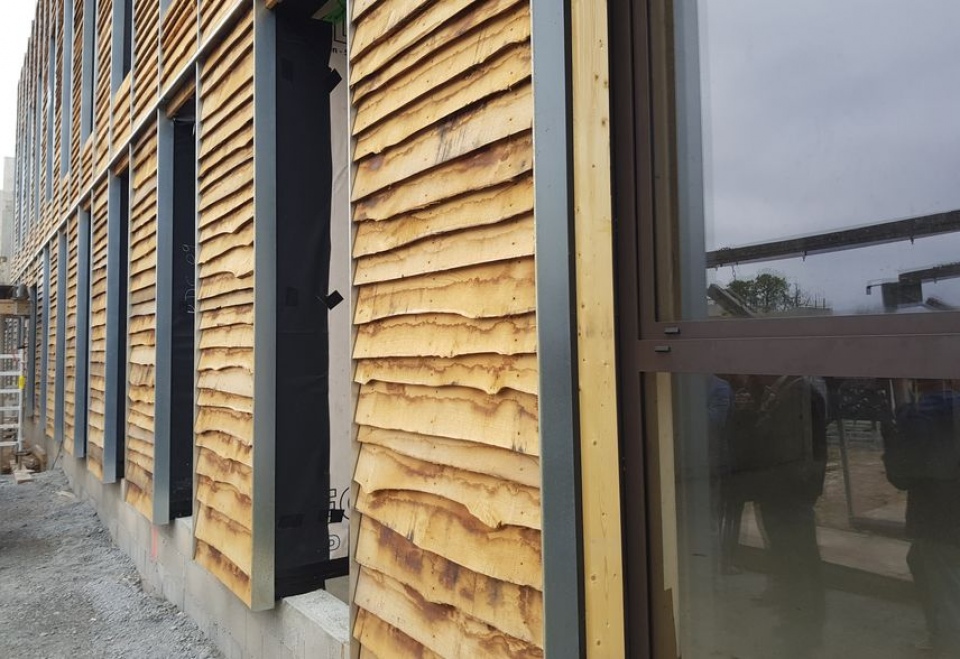 Courtesy of Philipp Gärtner
Courtesy of Philipp Gärtner
With a growing global trend of rural to urban migration, a focus on an understanding of parks, gardens and general green space in city centers is more important than ever. While a move to an urban center can offer improved access to employment, schooling, healthcare and cultural opportunities, it can come at a cost of increased stress and noise and decreased access to open space, fresh air and nature. For urban and forestry researcher Phillipp Gärtner, this raised the question of which European capital cities have the greenest space.
 Courtesy of Philipp Gärtner
Courtesy of Philipp Gärtner
Using a method that processes satellite imagery and detects pixel types, Gärtner has generated the Normalized Difference Vegetation Index (NDVI) for 43 of Europe’s capital cities. The NDVI analyses remote sensing measurements to determine whether a target area contains live vegetation or not. For consistency, the area analyzed is a 5-mile radius circle around each city's official city center.
The results tend to be weighted towards the smaller capitals as they generally have less metropolitan area. Coastal cities feature on the low end of the scale due to the non-plantable area so Gärtner has compiled a list of both cities with a population of above two million and the greenest seaside capital.
 Courtesy of Philipp Gärtner
Courtesy of Philipp Gärtner







